Tilt the bottle to pour Hoang Hoa wine
Turning the porcelain cup upside down is a soul mate
Playing the moon zither in the middle of the night
Under the autumn moon, the mind is at ease.
To make a good cup of Hoang Hoa wine, from the time it is made until it is poured to serve to guests, it takes about a year. The longer it is aged, the more wonderfully fragrant and refreshing the flavor of the wine becomes. If you want to have a jar of Hoang Hoa wine in your home, you have to make it yourself, that is the quality.
The yellow chrysanthemum is actually a golden chrysanthemum. This type of chrysanthemum has short plants, small petals, and many flowers. When it blooms, the golden chrysanthemum is as big as a fingertip, with the petals spread out round and plump. Every year, people diligently plant about a few dozen pots, first for viewing, then as raw material for making Hoang Hoa wine. Chrysanthemum is a type of chrysanthemum that is prone to worms, but absolutely do not use medicine to treat it to ensure cleanliness. Growers must diligently shine a lamp to chase butterflies and catch worms every day. The flower pot must be placed in a place with lots of light, little wind, and avoid flooding. When the chrysanthemum blooms, rotate the pot every three days, changing the angle of the pot by about 30 degrees so that both the leaves and flowers receive enough light and absorb an equal amount of dew until they fully bloom.
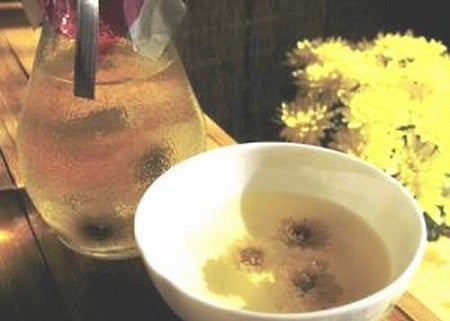 |
| Royal flower wine. Photo: Internet |
Chrysanthemums bloom, just leave them outside in the yard to admire while drinking tea. When you see a pot of flowers with a few petals starting to wilt, harvest them. When picking the flowers, be gentle to avoid crushing the petals and only use your thumb to pinch the stem right below the flower base. Flowers picked into the house are spread out on a tray on banana leaves and then dried in the wind. Wait until the tray has wilted flowers, and the remaining humidity is about 30%, then consider it done. Then, divide the dried flowers into two parts. One is mixed into the sticky rice when cooking sticky rice, the other is reserved to be brewed with wine.
To make good wine, the raw material for making wine must be sticky rice. Sticky rice is round, short, plump, and milky white. When cooked, the sticky rice is both sticky and has the scent of sticky rice flowers when they are in bloom, the scent of newly harvested straw, and the scent of areca nuts soaked in night dew. All three scents seem to blend together to give off a unique, fragrant scent. A rustic scent, imbued with the essence of the fields, yet noble and refreshing. This is an old, long-term variety of sticky rice, from sowing to harvesting it takes 9 months. The rice fields are only used to grow sticky rice, not intercropped with non-rice, otherwise the sticky rice will be hybridized or mixed with rice, reducing the value and quality of the sticky rice. If you can get the newly harvested sticky rice to make wine, the batch of wine will definitely be excellent.
When making wine, the sticky rice is washed once, then mixed with dried chrysanthemums and steamed into sticky rice. Too little chrysanthemums will not be fragrant enough, too much chrysanthemums will be bitter, the cook calculates to get the right amount, usually based on experience. If calculating the proportions, about 10 kilos of sticky rice mixed with 300 grams of dried chrysanthemums is just right. The cooked sticky rice is spread evenly, about five centimeters thick, on a tray or winnowing basket lined with banana leaves underneath. Wait for the sticky rice to cool, then start sifting the yeast to cover it evenly.
The yeast used to make wine must be traditional yeast made from leaves and roots in the forest. If you can get yeast made from the seeds of the Northwestern rose apple, the batch of wine will be especially delicious. After mixing the yeast into the cooked sticky rice, the brewer needs to do a few more important things that not everyone in the wine making profession knows. That is, cover the surface of the tray with fresh banana leaves and leave it for two more nights before putting it in a jar to ferment for another three nights. The purpose is to allow the bacteria to eat up all the yeast in the sticky rice. After three days of dry fermentation, the next step is to ferment the water by adding several buckets of water to the jar, waiting for another four nights to have enough "three shores and four seas" before storing.
To have good wine, you have to take care of each glass. The pipe that leads the distilled wine to the bottle is made of green bamboo, so the wine's aroma will be more intense. The wine that flows into the bottle is Hoang Hoa wine. But that alone is not enough. To have a true cup of Hoang Hoa wine, the winemaker must also add a few dried yellow chrysanthemum petals, wolfberry, rehmannia glutinosa, codonopsis pilosula, and ginseng, then pour it into the roof, bury it underground, and leave it for at least a year before taking it out to use. If the place where the wine roof is buried is placed right where the water drips on a rainy day and receives a lot of direct sunlight on a sunny day, then each drop of wine when poured into the cup will be no less than any fine wine in the world.
When there is a soul mate, by the sparse window under the eaves of the house, looking up at the moon, holding a cup of Hoang Hoa, eyes looking at the honey-colored wine, nose smelling the aroma of wine to receive the quintessence distilled from the scent of autumn and the taste of heaven and earth, ears listening to the sound of the stone zither and monochord, murmuring like lamenting the fate of the country, lips sipping carefully brewed distilled water that smells of homeland tears, then squinting, pondering the fate of life in the sea of humanity, asking why the heart cannot gently soar in the mortal world...
Source: https://baodaklak.vn/du-lich/202504/doc-dao-ruou-hoang-hoa-a2b1648/


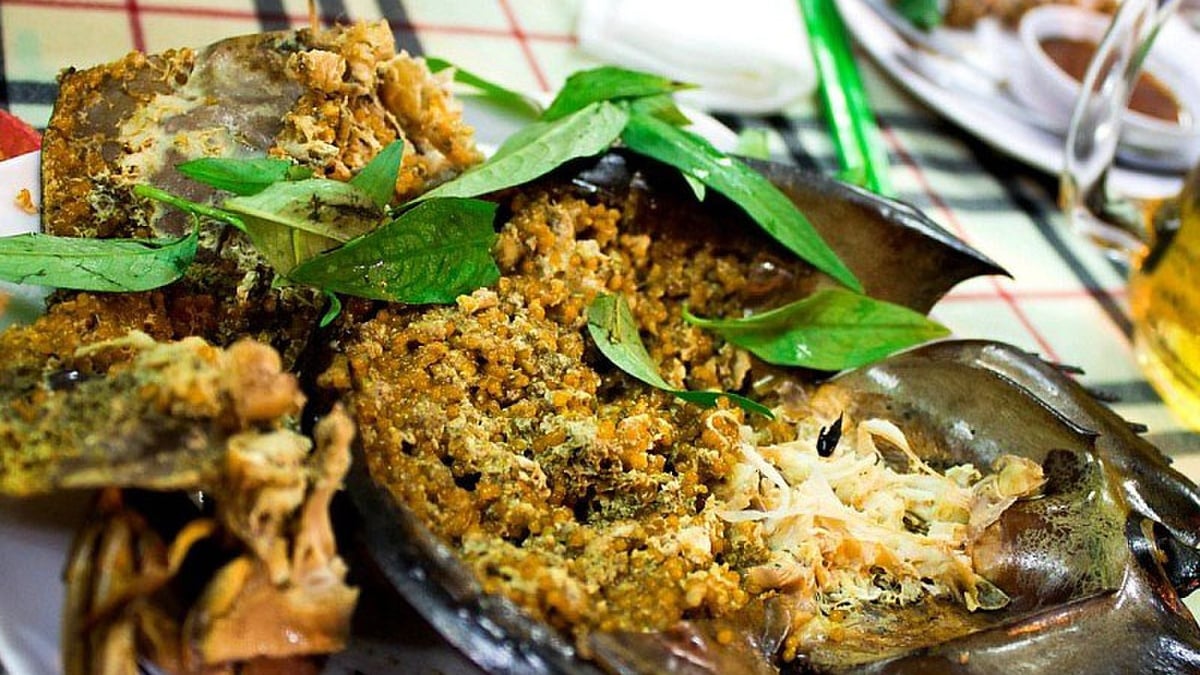
![[Photo] "Lovely" moments on the 30/4 holiday](https://vphoto.vietnam.vn/thumb/1200x675/vietnam/resource/IMAGE/2025/5/1/26d5d698f36b498287397db9e2f9d16c)
![[Photo] Binh Thuan organizes many special festivals on the occasion of April 30 and May 1](https://vphoto.vietnam.vn/thumb/1200x675/vietnam/resource/IMAGE/2025/5/1/5180af1d979642468ef6a3a9755d8d51)

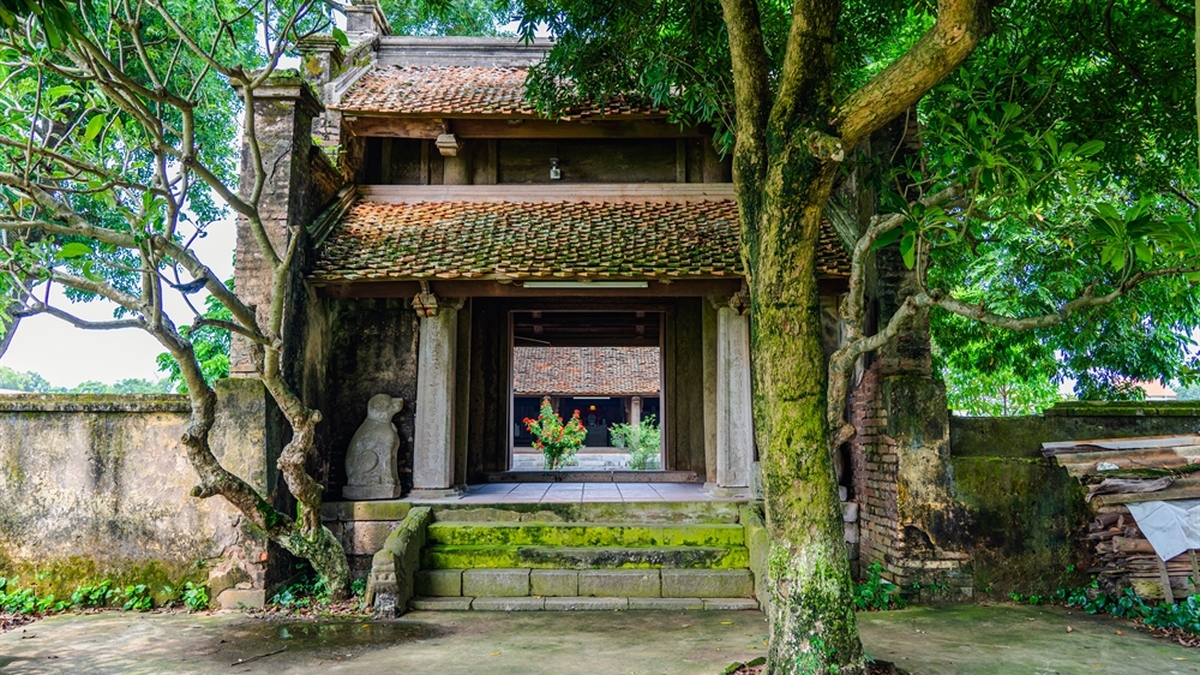
![[Photo] Ha Giang: Many key projects under construction during the holiday season](https://vphoto.vietnam.vn/thumb/1200x675/vietnam/resource/IMAGE/2025/5/1/8b8d87a9bd9b4d279bf5c1f71c030dec)


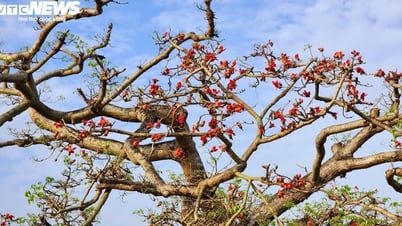

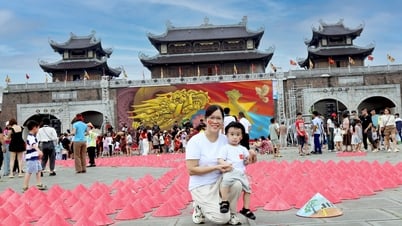
























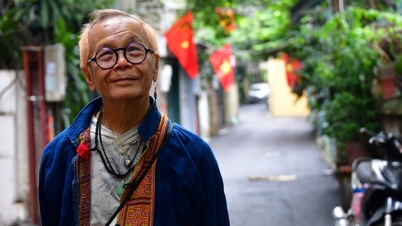






















































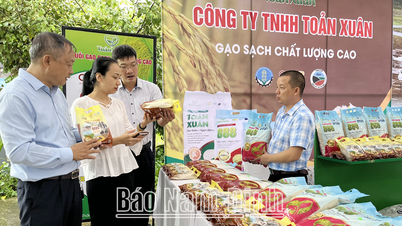


Comment (0)